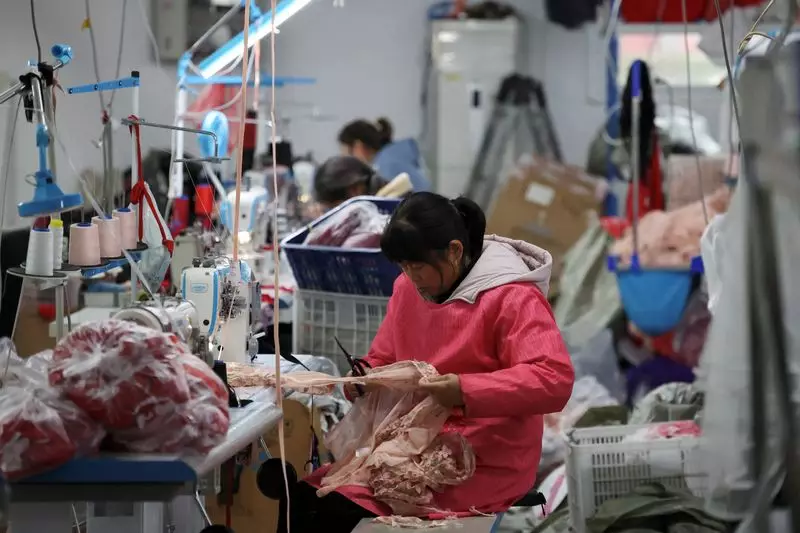The most recent data reflects a concerning trend in China’s industrial sector, revealing a continuous decline in profits for the third consecutive year in 2024. With a reported decrease of 3.3% in industrial earnings, this fall signifies persistent economic challenges that demand immediate attention from policymakers. The figures underscore a broader struggle as the nation grapples with daunting global trade dynamics and internal economic inconsistencies. Particular focus must be given to the repercussions of the anticipated tariff measures from the new U.S. administration, which have cast shadows over Chinese exports and overall economic sentiment.
Economic Stimulus and Its Mixed Results
Despite the government’s efforts to implement extensive stimulus measures—aimed primarily at countering dwindling domestic demand and fostering economic recovery—the results appear uneven. Although the country achieved its GDP growth target of 5% in 2024 due to these interventions, the underlying industrial performance remains disheartening. The contrast between the growth of industrial output and the lag in retail sales suggests an imbalance indicative of a faltering recovery. A critical analysis reveals that the stimulus efforts, while necessary, may not be adequately addressing the root causes of the sector’s sluggishness.
China faces significant headwinds in the global market, influenced by a combination of geopolitical tensions and trade policies. As businesses prepare for the potential ramifications of tariffs, many have raced to export inventory, resulting in a temporary boost in export metrics. However, this surge does little to alleviate the overarching anxiety of businesses operating in an era of uncertainty. The newly inaugurated U.S. administration’s indication of imposing punitive duties on Chinese goods serves as a catalyst for an increasingly strained trade environment, which could undermine future growth.
Sector-Specific Struggles: State-Owned versus Private Enterprises
The breakdown of industrial profits offers insight into the varying performance across sectors. State-owned enterprises experienced a 4.6% decline in profits, while private firms saw a marginal increase of 0.5%. This disparity raises essential questions about the sustainability of private enterprises in an economy where state actors often receive preferential treatment and may benefit disproportionately from government initiatives. A nuanced examination of these contrasting performances is necessary to understand how policy decisions impact different segments of the industrial landscape.
As China approaches the new year, the industrial landscape remains fraught with uncertainty. The need for strategic adaptations is inevitable if the country aims to bolster firm profitability and encourage stability in business confidence. It is critical for stakeholders, including policymakers and industry leaders, to devise targeted solutions that not only address immediate economic challenges but also lay the groundwork for sustainable long-term growth. With proactive measures and a focus on innovation, China can navigate this tumultuous environment and potentially reverse the trend of declining industrial profits.

